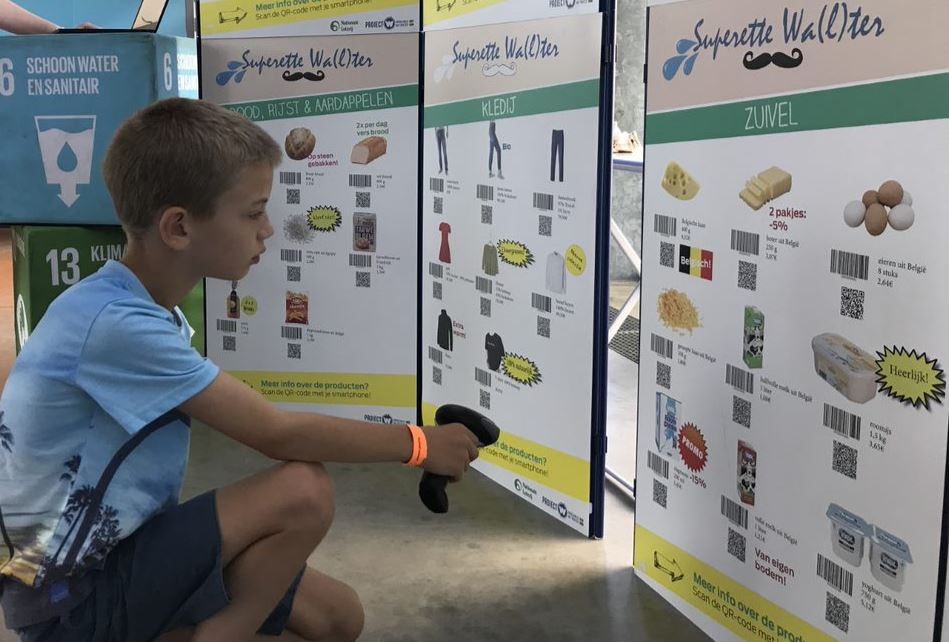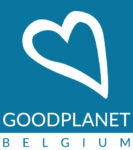Activities
Join For Water works on the water footprint. On average Belgians use 100 liters of tap water a day. But water is also needed to produce our food, clothing and belongings. If we count all that water, a Belgian uses an average of 7,400 liters a day. That’s huge, when you know that there are actually only 5,500 liters globally available per person on average.
The water footprint is an interesting starting point for sensitizing schools and students to the water issue. How can you make more water-sustainable choices? There are games, workshops, brochures … to guide schools. GoodPlanet is Join For Water’s active partner in this field.
Associations can also turn to Join For Water for a tailor-made course or tool.
With the Water Challenge, Join For Water motivates individuals and families around World Water Day to live more water-consciously in everyday life. From 2023 onwards, companies will also be able to take on a Water Challenge.
For local authorities there is the inspiration toolbox to start a process around sustainable water use or to make a difference with smaller interventions.
A few examples of tools:
- The “Water House” leads you around in an average house and garden and gives you water tips and facts.
- The Superette Wa(l)ter teaches you to shop water-consciously and presents the water bill for all your fictitious purchases.
Join For Water also wants to weigh in on policy and motivate and sensitize citizens to make their voices heard on water. More sustainable agriculture is an additional focus.
What preceded
Join For Water has been on the move for years in Flanders, and for a number of years in French-speaking Belgium, in order to familiarise pupils in primary and secondary schools with global water issues. For this Join For Water created numerous games, methodologies and websites that many teachers and organizations used.
In recent years, Join For Water has also been working with municipalities (Bierbeek, Brasschaat, Evergem, Merelbeke, Kortrijk and Roeselare were the first) to develop various projects in depth on direct and indirect water issues.
Every year, Join For Water is one of the organisors of World Water Day@school, around March 22.
Join For Water made its critical voice heard among the general public, politicians and in the press when it came to the right to water, sustainable and fair water management.




